

Articles
How To Store 1Lb Propane Tanks
Modified: October 19, 2024
Learn the best storage techniques for 1lb propane tanks with these informative articles. Keep your tanks secure and ready for use.
(Many of the links in this article redirect to a specific reviewed product. Your purchase of these products through affiliate links helps to generate commission for Storables.com, at no extra cost. Learn more)
Introduction
Welcome to our comprehensive guide on how to store 1lb propane tanks! If you enjoy camping, grilling, or any other outdoor activities that rely on the convenience of portable propane tanks, it’s essential to know how to properly store them. Propane tanks can be a valuable resource, but they require specific handling and storage procedures to ensure safety.
In this article, we will walk you through the necessary precautions, storage options, ventilation requirements, maintenance tips, and even the safe disposal of empty tanks. So, let’s dive in and learn how to keep your 1lb propane tanks organized and secure.
Key Takeaways:
- Proper storage of 1lb propane tanks is crucial for safety. Follow ventilation requirements, choose the right storage location, and prioritize regular inspection and maintenance to ensure safe and secure use.
- When transporting or disposing of 1lb propane tanks, prioritize safety and follow local regulations. Use secure carrying cases, maintain proper ventilation, and seek out recycling or exchange programs for responsible disposal.
Read more: How To Store A Propane Tank
Safety Precautions
Before we dive into the storage options for 1lb propane tanks, it’s crucial to address the safety precautions associated with handling and storing them. Propane, when mishandled or stored improperly, can pose serious risks such as fire and explosion hazards. By following these safety recommendations, you can minimize the potential dangers:
- Store propane tanks in a well-ventilated area. Keep them away from any sources of ignition, extreme heat, open flames, or direct sunlight.
- Never store propane tanks indoors, especially in living spaces, basements, or garages. Propane is heavier than air and can accumulate in an enclosed space, leading to a dangerous buildup of propane gas.
- Always keep propane tanks in an upright position, whether they are full or empty. This ensures that the pressure relief valve is in the correct position and prevents leaks.
- Avoid storing propane tanks near flammable materials such as gasoline, oil, or other combustible substances.
- Do not tamper with the safety features of the propane tank, such as removing or altering the pressure relief valve, as this can compromise the integrity of the tank.
- If you notice any signs of leaks, such as a strong smell of propane or a hissing sound, do not attempt to use or store the tank. Move it to a well-ventilated area and contact a professional for assistance.
- Ensure that your propane tank is up to date with proper labeling and meets safety standards set by regulatory authorities.
By adhering to these safety precautions, you can greatly reduce the risks associated with storing propane tanks and ensure the safety of yourself and those around you.
Proper Storage Location
Choosing the right storage location for your 1lb propane tanks is essential to ensure their longevity and safety. Here are a few considerations to keep in mind when determining the storage location:
- Outdoor vs. Indoor Storage: While outdoor storage is generally preferred for safety reasons, there may be situations where indoor storage is necessary. We will discuss both options in the following sections.
- Accessibility: Ensure that the storage location is easily accessible. This will make it more convenient to retrieve and replace propane tanks when needed.
- Stability: Choose a stable and secure area to prevent the tanks from tipping over and causing damage or injury.
- Away from Heat and Flame: Keep the storage location away from sources of heat, flames, or potential fire hazards.
- Away from Children and Pets: Store propane tanks in a location that is out of reach from children and pets to avoid accidental tampering or injuries.
Now, let’s discuss the specific considerations for both indoor and outdoor storage options.
Indoor Storage
If indoor storage is the only viable option for you, follow these guidelines:
- Choose a well-ventilated area, like a shed or utility room with proper ventilation. Open windows or use fans to improve air circulation.
- Ensure there are no ignition sources, such as furnaces, water heaters, or electrical equipment, in the storage area.
- Keep the storage area clean and free from any flammable materials.
- Consider using a propane storage cabinet to provide an additional layer of protection.
Outdoor Storage
Outdoor storage is generally safer when it comes to storing propane tanks. Here’s what you need to do:
- Choose a well-ventilated outdoor location, away from living spaces and high-traffic areas.
- Keep the tanks upright and secure them in a vertical position. A sturdy rack or wall mount can help with stability.
- Protect the tanks from direct sunlight, extreme temperatures, and weather elements by using a propane tank cover or placing them under a suitable shelter.
- Ensure the area is clear of any potential fire hazards, such as dry vegetation or flammable materials.
By following these guidelines, you can choose the appropriate storage location for your 1lb propane tanks and ensure their safety and longevity.
Read more: How To Store Small Coleman Propane Tanks
Indoor Storage
If you find yourself needing to store your 1lb propane tanks indoors, there are some important considerations to keep in mind to ensure safety and proper ventilation:
- Well-Ventilated Area: It is crucial to choose a well-ventilated indoor space for storing propane tanks. This helps to prevent the buildup of propane gas and reduces the risk of a potential explosion. A shed or utility room with windows or proper ventilation is ideal for indoor storage.
- Ventilation Improvements: If the selected area lacks sufficient ventilation, you can improve air circulation by opening windows or using fans. This helps to dissipate any accumulating propane gas and maintain a safe environment.
- Avoid Ignition Sources: Ensure that the indoor storage area is free from potential ignition sources such as furnaces, water heaters, electrical equipment, or open flames. Propane gas is highly flammable, and any contact with an ignition source can lead to a dangerous situation.
- Clean and Clear Space: Keep the storage area clean and free from any flammable materials. Remove any debris, clutter, or combustible substances that could pose a fire risk. This will provide a safer environment for storing your propane tanks.
- Propane Storage Cabinet: Consider using a propane storage cabinet if you have the space and resources. These cabinets are specifically designed to store propane tanks safely indoors. They are constructed with ventilation panels to ensure proper airflow and typically have sturdy locks to prevent unauthorized access.
Remember, indoor storage should only be considered as a last resort when outdoor storage is not feasible. It is essential to prioritize the safety of yourself and others in your household.
Keep in mind that indoor storage is not suitable for long-term storage of propane tanks. If you have unused tanks that you won’t be using for an extended period, it is best to find an appropriate outdoor storage solution.
By following these guidelines, you can safely store your 1lb propane tanks indoors, minimizing the risks and ensuring the safety of your living space.
Outdoor Storage
When it comes to storing 1lb propane tanks, outdoor storage is generally the preferred option due to the increased ventilation and reduced risk of gas accumulation. Here are some essential considerations for storing your tanks outdoors:
- Well-Ventilated Outdoor Location: Choose a well-ventilated outdoor area for storing your propane tanks. This can be a designated storage cabinet, a shed, or any other suitable outdoor space.
- Away from Living Spaces and High-Traffic Areas: Ensure that the storage location is away from living spaces, such as your home, and high-traffic areas where people frequently pass by. This helps to minimize the chances of any accidental bumping, tipping, or tampering.
- Tanks Upright and Secure: Store your tanks in an upright position to prevent leaks. Use a sturdy rack or wall mount to secure them vertically, ensuring they won’t topple over and cause damage or injury.
- Protection from Sunlight and Extreme Temperatures: Exposure to direct sunlight and extreme temperatures can affect the pressure inside the tanks and potentially compromise their integrity. Consider using a propane tank cover or storing them under a suitable shelter to protect them from the elements.
- Clear the Area from Fire Hazards: Ensure that the surrounding area is clear of any potential fire hazards, such as dry grass, flammable materials, or open flames. This will reduce the risk of fire and minimize the chances of accidents.
By following these guidelines, you can safely store your 1lb propane tanks outdoors, ensuring their integrity and reducing the potential risks associated with handling and storing propane gas.
Remember to regularly inspect your tanks for any signs of wear, damage, or leaks. Proper maintenance and vigilance are key to keeping your propane tanks in optimal condition.
If you live in an area with extreme weather conditions, such as heavy rain, snow, or storms, take additional precautions to protect your tanks. Consider using a more robust storage solution, such as a weatherproof storage cabinet or a dedicated propane tank storage locker.
By taking these steps, you can ensure that your outdoor stored propane tanks remain safe, secure, and ready to use whenever you need them.
Ventilation Requirements
Proper ventilation is crucial when it comes to storing 1lb propane tanks safely. Propane is heavier than air and can accumulate in enclosed spaces, increasing the risk of a potential explosion or fire. Here are some essential guidelines to ensure adequate ventilation:
- Outdoor Storage: If you are storing your propane tanks outdoors, ventilation is typically not a major concern. The open-air environment allows for natural air circulation, helping to dissipate any potential gas buildup.
- Indoor Storage: When storing propane tanks indoors, it is vital to have proper ventilation to prevent the accumulation of propane gas. Choose a well-ventilated area such as a shed or utility room with windows or vents that can provide adequate airflow.
- Additional Ventilation: If the selected indoor storage area does not have sufficient ventilation, there are measures you can take to improve airflow. Open windows or doors to allow fresh air to enter the room. You can also use fans or install additional vents to enhance the circulation of air.
- Propane Storage Cabinets: If you opt for a propane storage cabinet, ensure it has proper ventilation panels built into the design. These cabinets are specifically designed to allow the safe storage of propane tanks indoors while providing adequate airflow to prevent gas buildup.
Regardless of whether you are storing your tanks indoors or outdoors, it is essential to monitor the area for any signs of gas leaks or accumulation. If you detect a strong propane odor, a hissing sound, or any other indications of a leak, take immediate action. Move the tanks to a well-ventilated area, avoid using open flames or electrical equipment, and contact a professional propane service technician for assistance.
Regularly inspect your storage area to ensure that vents and windows are unobstructed and functioning correctly. This will ensure a continuous flow of fresh air, reducing the chances of a dangerous gas buildup.
By following these ventilation requirements, you can create a safe storage environment for your 1lb propane tanks and minimize the risks associated with propane gas accumulation.
Storing Multiple 1lb Propane Tanks
If you have multiple 1lb propane tanks to store, it’s essential to organize them properly to ensure safety and easy access. Here are some tips for storing multiple tanks:
- Grouping and Labeling: Group your tanks together based on their condition and usage. Keep full tanks separate from empty ones to avoid confusion. Consider labeling the tanks to easily identify their contents.
- Sturdy Rack or Storage Shelf: Use a sturdy storage rack or shelf to hold your propane tanks. Ensure that it is capable of supporting the weight of multiple tanks securely. This helps to prevent tipping or falling and keeps the tanks organized.
- Upright Storage: Store the tanks in an upright position to prevent leaks and ensure the pressure relief valve is in the correct position. This also saves space and allows for easier access when needed.
- Secure the Tanks: Use straps or bungee cords to secure the tanks to the rack or shelf. This adds an extra layer of stability and prevents them from rolling or sliding off the storage area.
- Keep the Area Well-Ventilated: Ensure that the storage area has proper ventilation to prevent gas accumulation. Follow the ventilation requirements we discussed earlier, especially if you are storing the tanks indoors.
- Avoid Overcrowding: Avoid overcrowding the storage area with too many tanks. Leave enough space between the tanks to allow for proper airflow and to prevent any accidental damage while retrieving or replacing them.
- Regular Inspections: Periodically inspect your stored tanks for any signs of damage, leaks, or deterioration. Remove any tanks that show signs of wear or damage from the storage area immediately.
By following these guidelines, you can efficiently store and organize multiple 1lb propane tanks. This ensures accessibility, minimizes the risks associated with improper storage, and keeps your tanks in good condition for future use.
Remember to always prioritize safety when storing propane tanks, and never hesitate to seek professional assistance if you have any concerns or questions.
When storing 1lb propane tanks, make sure to keep them in a cool, dry, and well-ventilated area away from direct sunlight and heat sources. It’s also important to store them in an upright position to prevent leaks.
Read more: How To Attach Propane Tank To Grill
Inspection and Maintenance Tips
Regular inspection and maintenance of your 1lb propane tanks are essential for ensuring their safety and longevity. Here are some tips to help you effectively inspect and maintain your tanks:
- Visual Inspection: Regularly examine your tanks for any signs of damage, rust, or corrosion. Look for dents, scratches, or bulges that may compromise the integrity of the tank. If you notice any significant damage, it is best to replace the tank.
- Check for Leaks: Periodically test your tanks for leaks using a propane leak detector or a solution of soapy water. Apply the solution around the valve, fittings, and connections. If you see bubbles forming, it indicates a leak. In such cases, stop using the tank and have it inspected by a professional.
- Inspect the Valve: Check the valve for any signs of wear or damage. Ensure that it opens and closes smoothly and securely. If you encounter any issues with the valve, such as difficulties in turning or leaks, replace the tank.
- Verify Expiration Date: Check the expiration date or the manufacturing date stamped on the tank. Propane tanks have a limited lifespan, typically around 12 years. If a tank has surpassed its expiry date, it is considered unsafe and should not be used.
- Follow Manufacturer’s Instructions: Always refer to the manufacturer’s instructions for specific maintenance recommendations. Different brands or models of propane tanks may have unique guidelines, so it’s essential to follow them for optimal safety and performance.
- Store in a Dry Location: Keep your tanks in a dry storage location to prevent moisture build-up, which can accelerate corrosion. Moisture can also lead to valve or regulator damage, compromising the functionality of your tank.
- Transport Safely: When transporting your 1lb propane tanks, use a secure carrying case or bag that provides protection and prevents leaks. Ensure that the tanks are kept in an upright position to prevent gas leakage.
- Dispose of Properly: When your tanks are no longer usable or have reached their expiration date, dispose of them safely. Contact your local hazardous waste management facility or propane retailer for guidance on proper disposal methods.
By regularly inspecting and maintaining your 1lb propane tanks, you can mitigate safety risks, prolong their lifespan, and ensure optimal performance whenever you use them.
Remember, if you have any doubts about the condition or safety of a propane tank, it is always advisable to seek professional assistance from a qualified propane service technician.
Transporting 1lb Propane Tanks
When it comes to transporting 1lb propane tanks, safety and proper handling are of utmost importance. Follow these tips to ensure a safe and secure transport:
- Use a Secure Carrying Case or Bag: Invest in a sturdy and well-designed carrying case or bag specifically designed for transporting propane tanks. This provides added protection and prevents the tanks from rolling or shifting during transportation.
- Keep Tanks Upright: Always transport the tanks in an upright position. This prevents gas leakage and ensures the pressure relief valve remains in the correct position. Avoid placing the tanks on their sides or upside down.
- Avoid Heat and Flames: Do not transport propane tanks near sources of heat, open flames, or ignition points. Keep them away from direct sunlight, stoves, ovens, or any other potential sources of heat that can increase the pressure inside the tanks.
- Secure Tanks: Make sure the tanks are securely fastened or locked in place within the carrying case or bag. This prevents them from moving or tipping over during transportation, reducing the risk of damage or gas leaks.
- Ventilation: Ensure that the transporting container or bag provides sufficient ventilation to prevent any potential gas buildup. Proper ventilation helps to dissipate any propane gas that may be released during transportation.
- No Smoking: Never smoke or allow anyone to smoke in the vicinity of propane tanks during transportation. Smoking near propane tanks can lead to a dangerous fire hazard.
- Short and Direct Transport: When possible, keep transportation distances short and direct. Minimize unnecessary stops or detours to ensure the tanks are exposed to optimal conditions throughout the journey.
- Be Prepared for Emergency Situations: It’s essential to be prepared for any emergency situations during transport. Carry a fire extinguisher in your vehicle and be familiar with emergency procedures in case of a propane-related incident.
Always exercise caution and prioritize safety when transporting 1lb propane tanks. Ensure you are familiar with local regulations regarding the transportation of propane tanks, as there may be specific guidelines or restrictions in your area.
By following these guidelines, you can ensure the safe and secure transportation of your 1lb propane tanks, minimizing the risks associated with mishandling or accidents during transit.
Disposal of Empty Tanks
Proper disposal of empty 1lb propane tanks is crucial to ensure environmental safety and prevent potential hazards. Here are some guidelines for the safe and responsible disposal of empty tanks:
- Check Local Regulations: Familiarize yourself with local regulations and guidelines regarding the disposal of small propane tanks. Each region may have specific instructions or disposal methods to follow.
- Empty the Tank: Before disposing of a 1lb propane tank, ensure that it is completely empty. Attach the tank to an appliance, such as a grill or stove, and use the remaining gas until it is fully depleted. Do not attempt to puncture or dismantle the tank yourself.
- Recycling Programs: Check if there are any recycling programs or facilities in your area that accept small propane tanks. Some recycling centers or local waste management authorities may collect and recycle these tanks as part of their hazardous waste disposal services.
- Exchange Programs: Some locations, such as home improvement stores or propane retailers, may offer tank exchange programs. These programs allow you to exchange your empty tanks for full ones, ensuring proper disposal of the old tanks through their recycling or refurbishing processes.
- Hazardous Waste Collection: If no recycling or exchange programs are available in your area, contact your local hazardous waste management facility for guidance on proper disposal methods for small propane tanks. They will provide you with instructions on how to dispose of the tank safely.
- Be Prepared for Collection: If you need to dispose of the tank through a collection service or recycling program, ensure that you follow any preparation instructions they provide. This may include removing the valve or attaching a specific label to indicate that the tank is empty and ready for disposal.
It is important never to dispose of 1lb propane tanks in regular trash bins or recycling containers. These tanks can cause safety hazards and environmental pollution if mishandled or improperly disposed of.
Remember, propane tanks are made of metal and can be recycled. Recycling or proper disposal ensures that the materials can be repurposed or handled safely, minimizing environmental impact.
By following these guidelines and seeking proper disposal methods for empty propane tanks, you can contribute to a safer and more sustainable environment.
Conclusion
Properly storing 1lb propane tanks is crucial for ensuring safety, longevity, and the optimal performance of these portable gas containers. By following the guidelines and tips outlined in this comprehensive guide, you can confidently store your propane tanks while minimizing risks and potential hazards.
Remember to prioritize safety at all times. Store your propane tanks in well-ventilated areas, away from ignition sources and extreme heat. Choose the appropriate storage location, whether it’s indoor or outdoor, and ensure the tanks are upright and secure in their storage area.
Regularly inspect your tanks for any signs of damage, leaks, or expiration. Maintain proper ventilation in the storage area and follow recommended maintenance practices. When transporting the tanks, use secure carrying cases and maintain an upright position to prevent gas leaks and accidents.
For the safe disposal of empty tanks, consult local regulations and seek out recycling programs or hazardous waste management facilities. Never dispose of propane tanks in regular trash bins or recycling containers.
By implementing these storage, inspection, maintenance, transportation, and disposal practices, you can enjoy the convenience and benefits of 1lb propane tanks while ensuring the safety of yourself, your loved ones, and the environment.
Remember, when in doubt, seek professional assistance from a qualified propane service technician or local authorities. Following these guidelines will provide you with peace of mind and a secure propane storage solution for your outdoor adventures, grilling sessions, and more.
Frequently Asked Questions about How To Store 1Lb Propane Tanks
Was this page helpful?
At Storables.com, we guarantee accurate and reliable information. Our content, validated by Expert Board Contributors, is crafted following stringent Editorial Policies. We're committed to providing you with well-researched, expert-backed insights for all your informational needs.

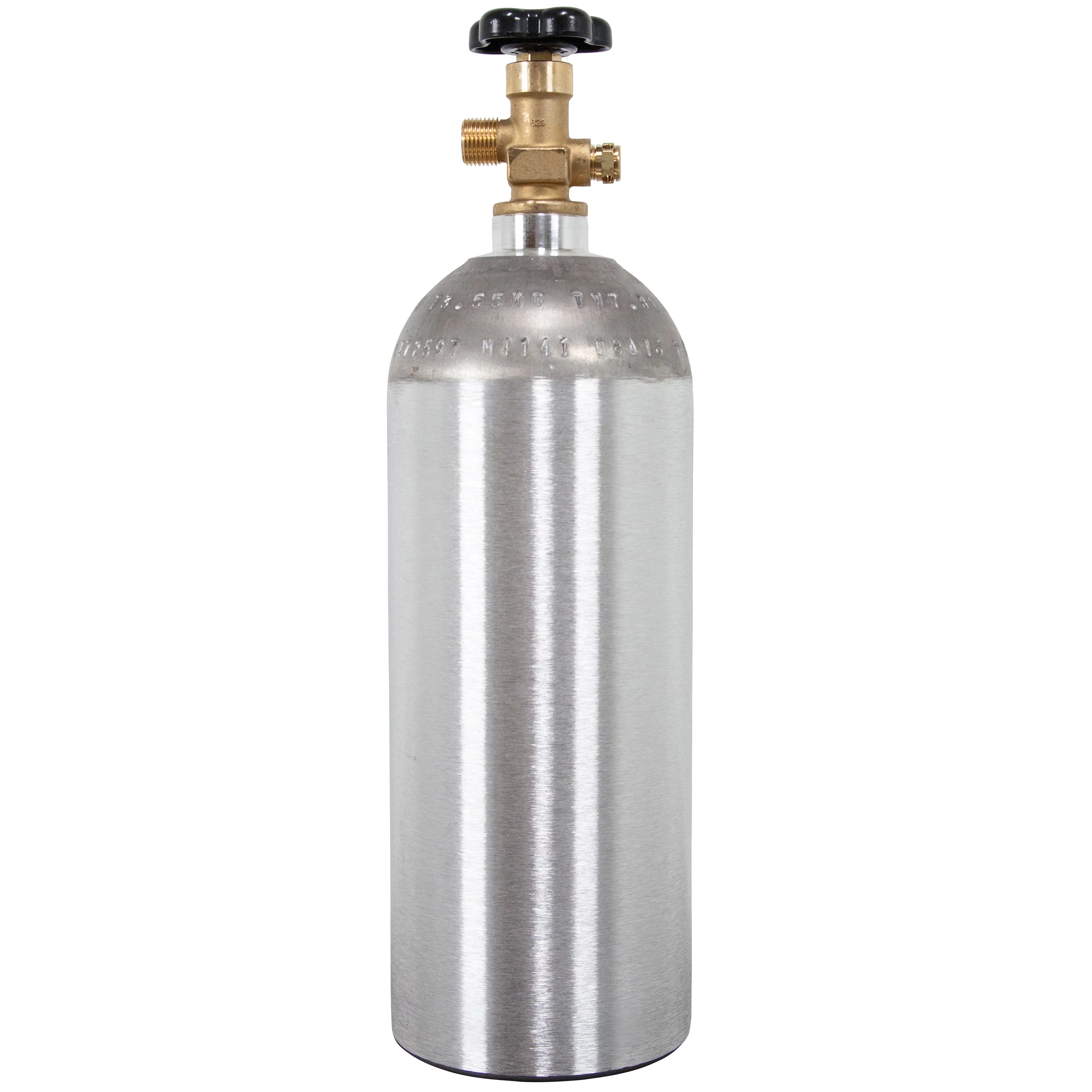
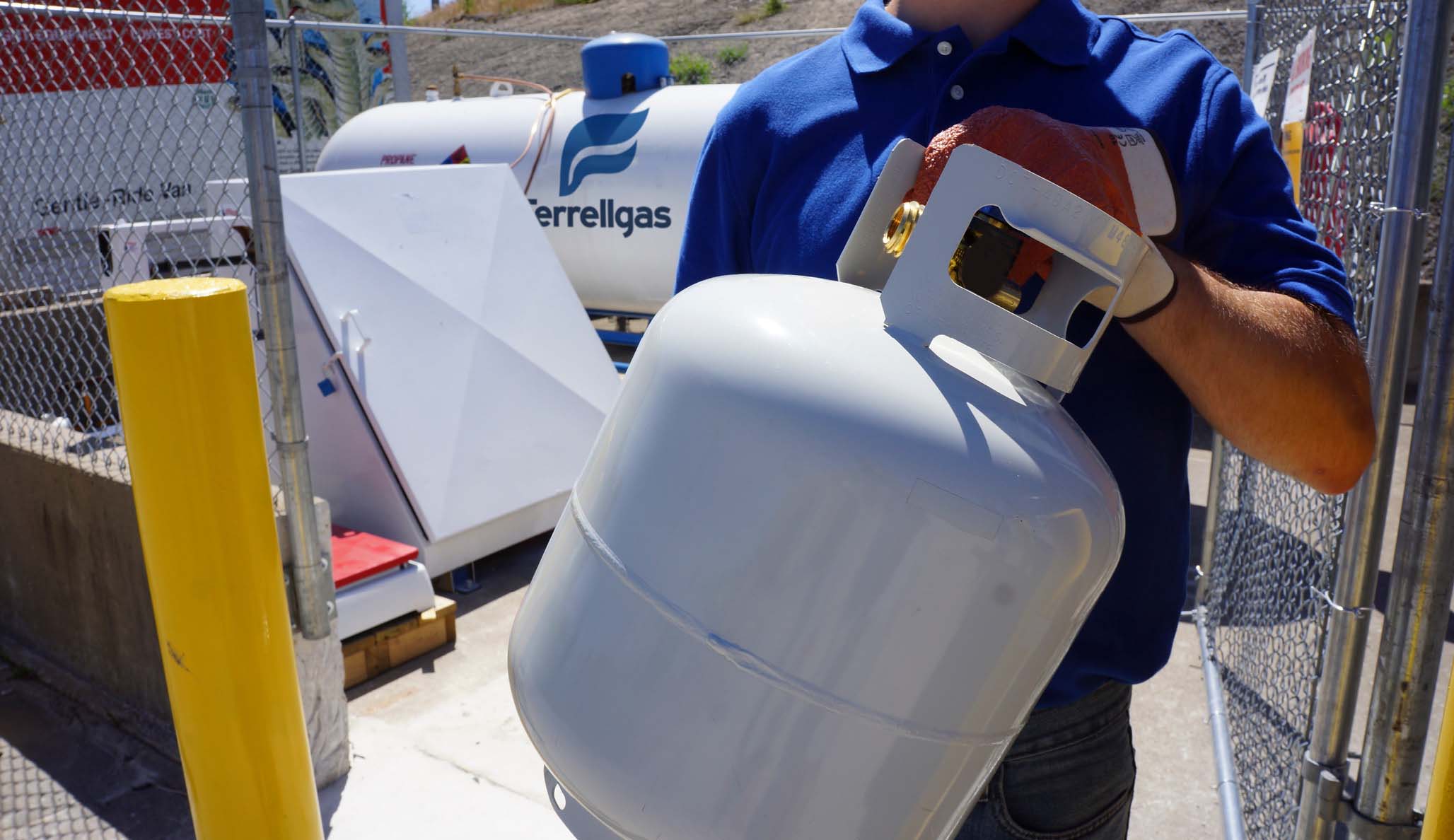
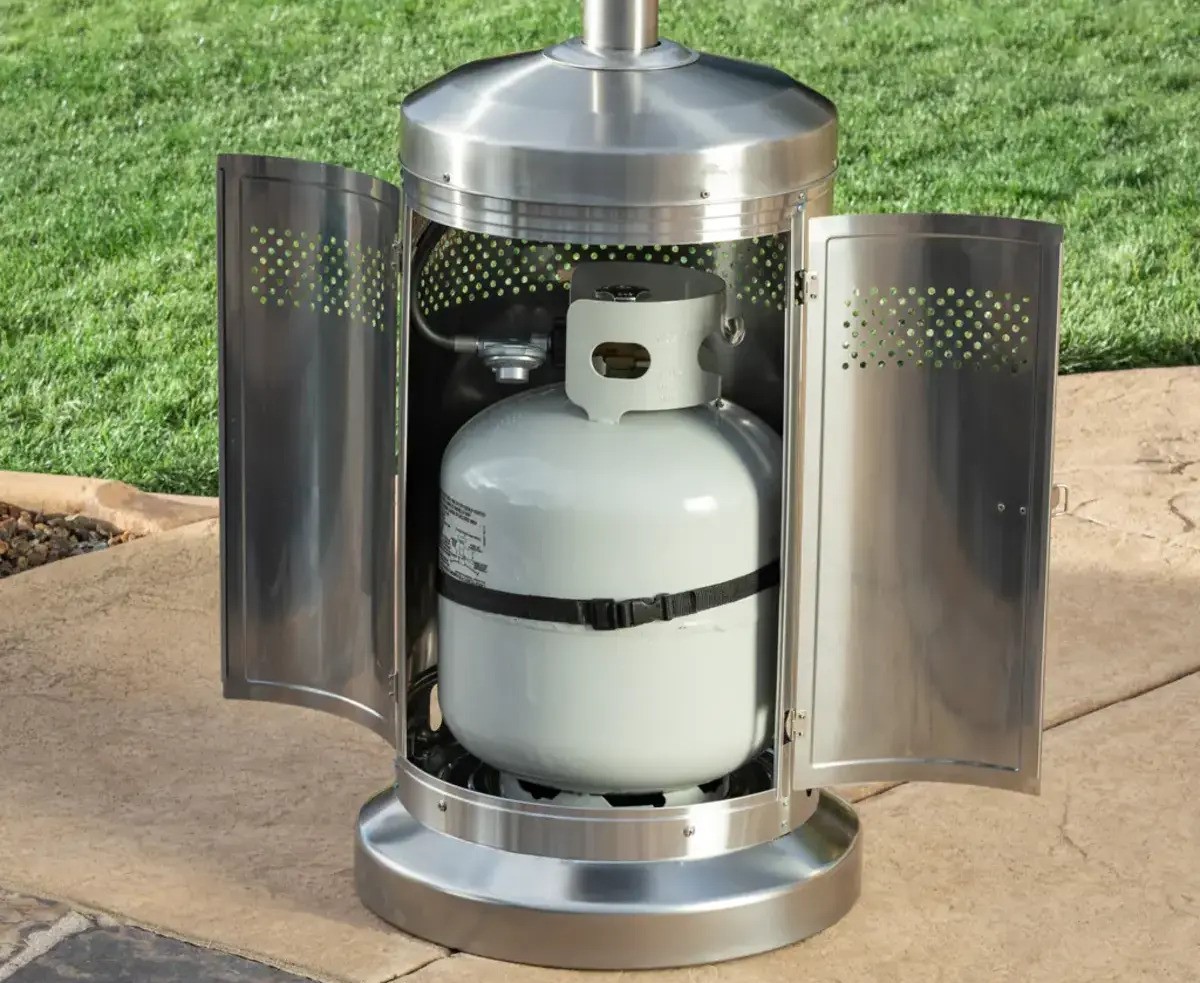
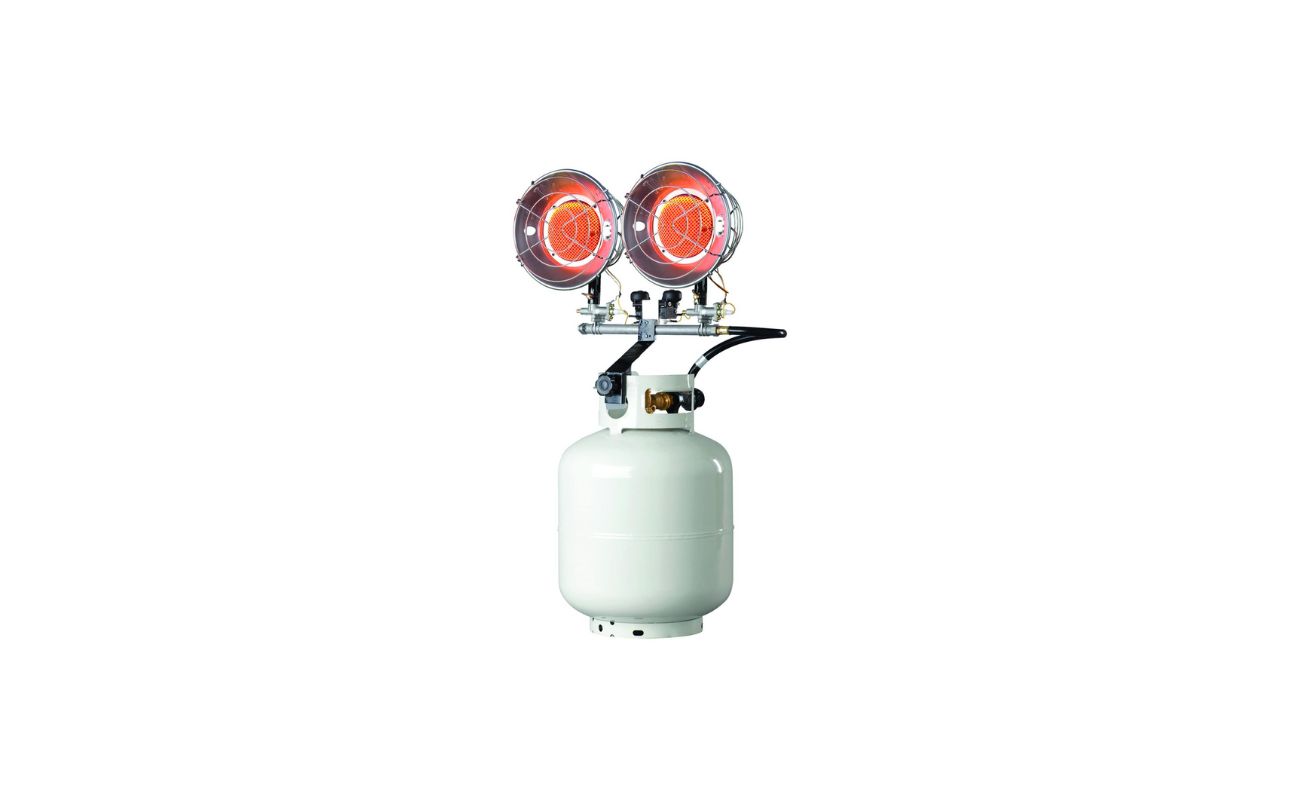
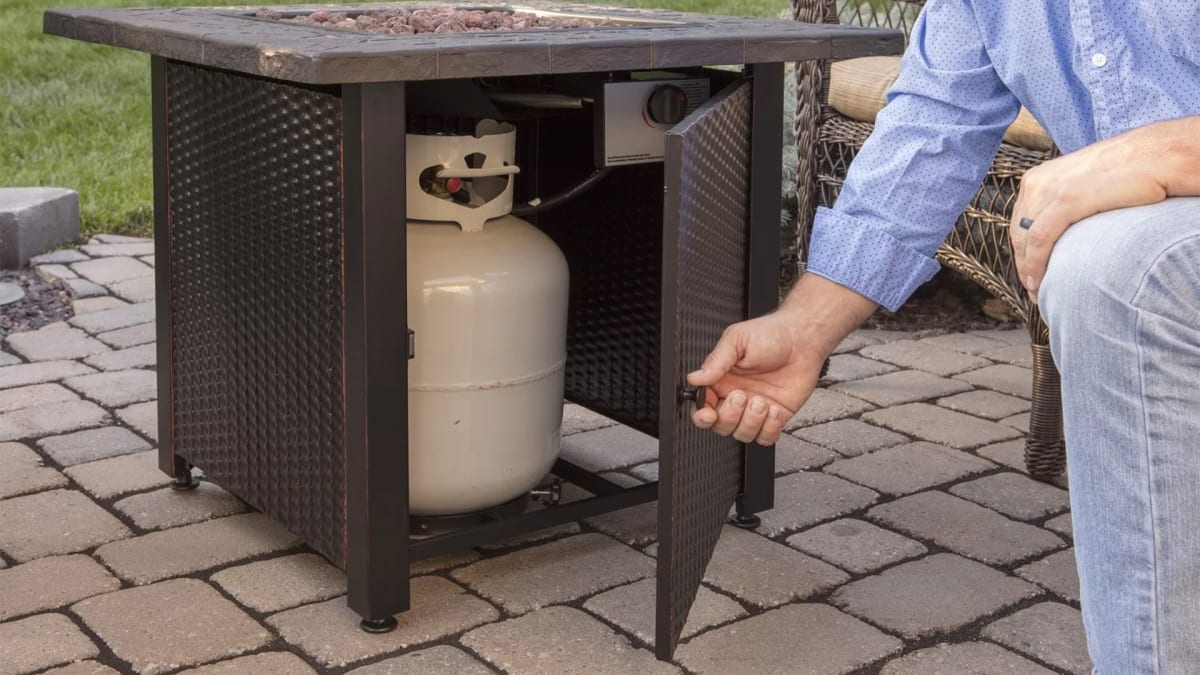
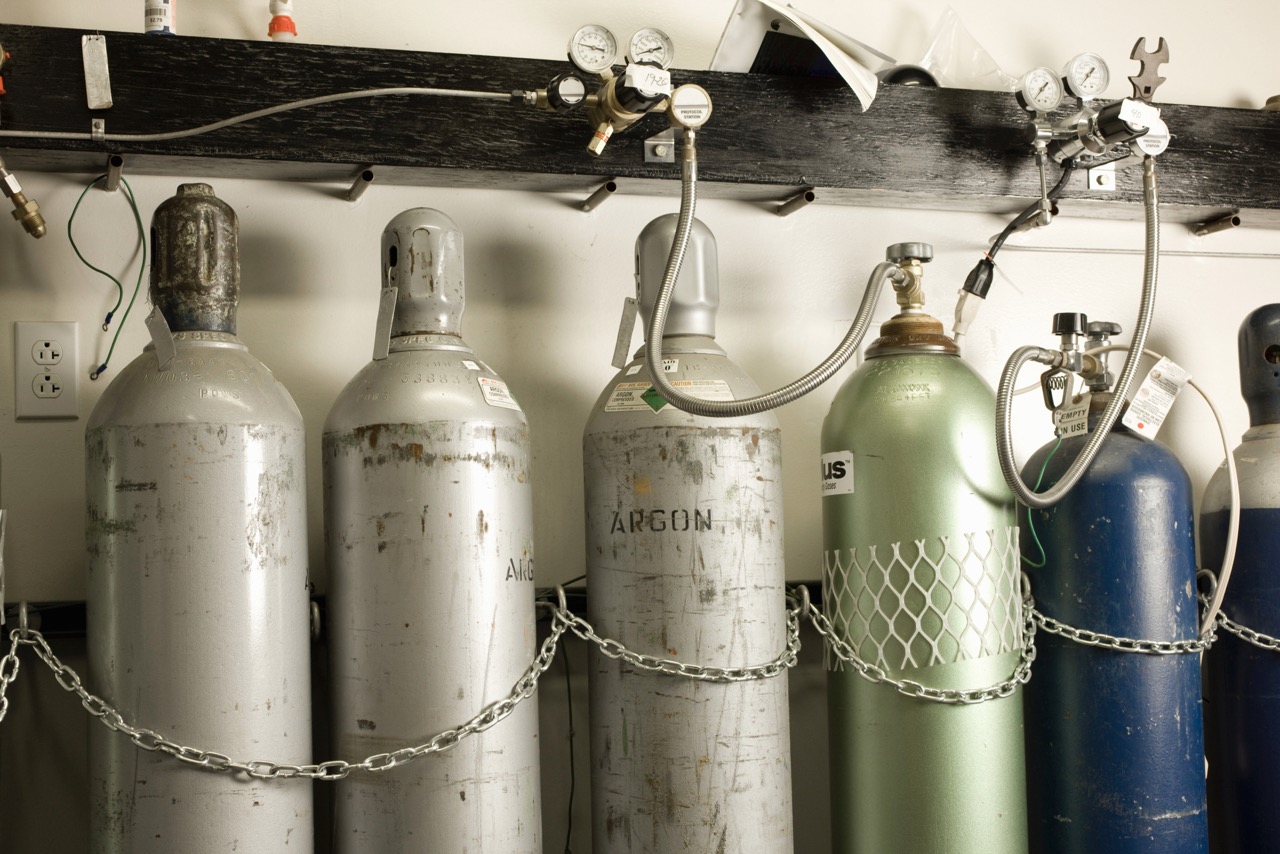
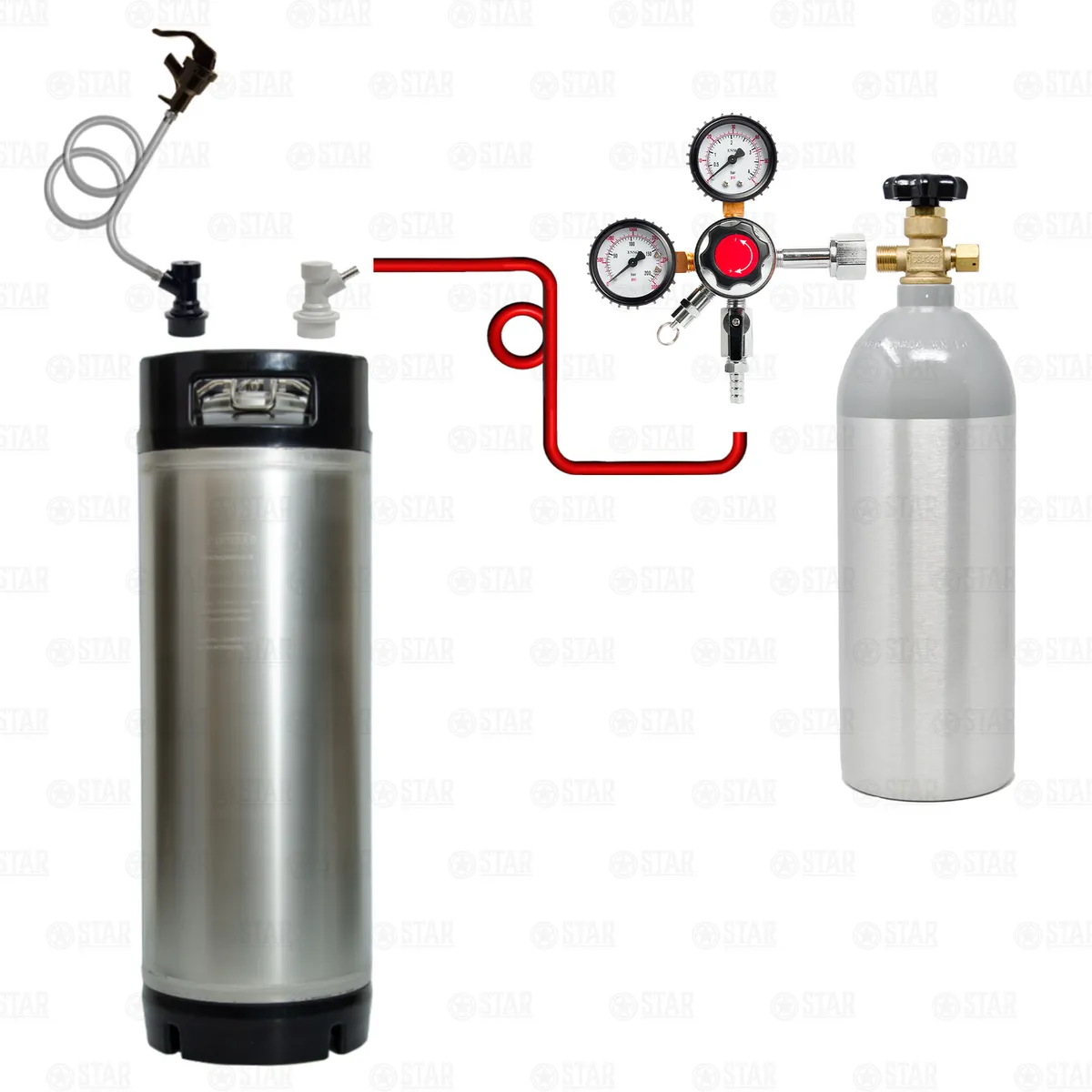

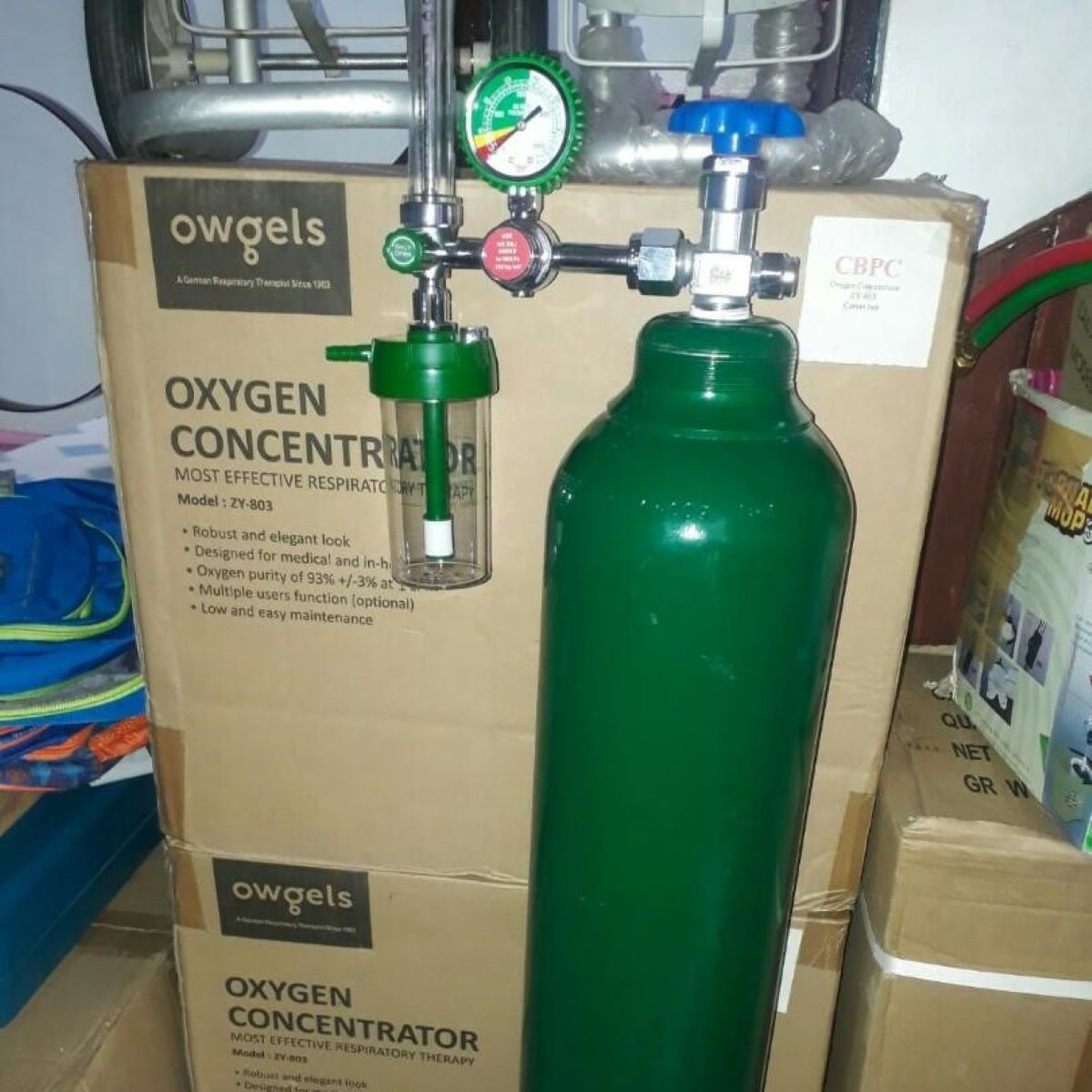

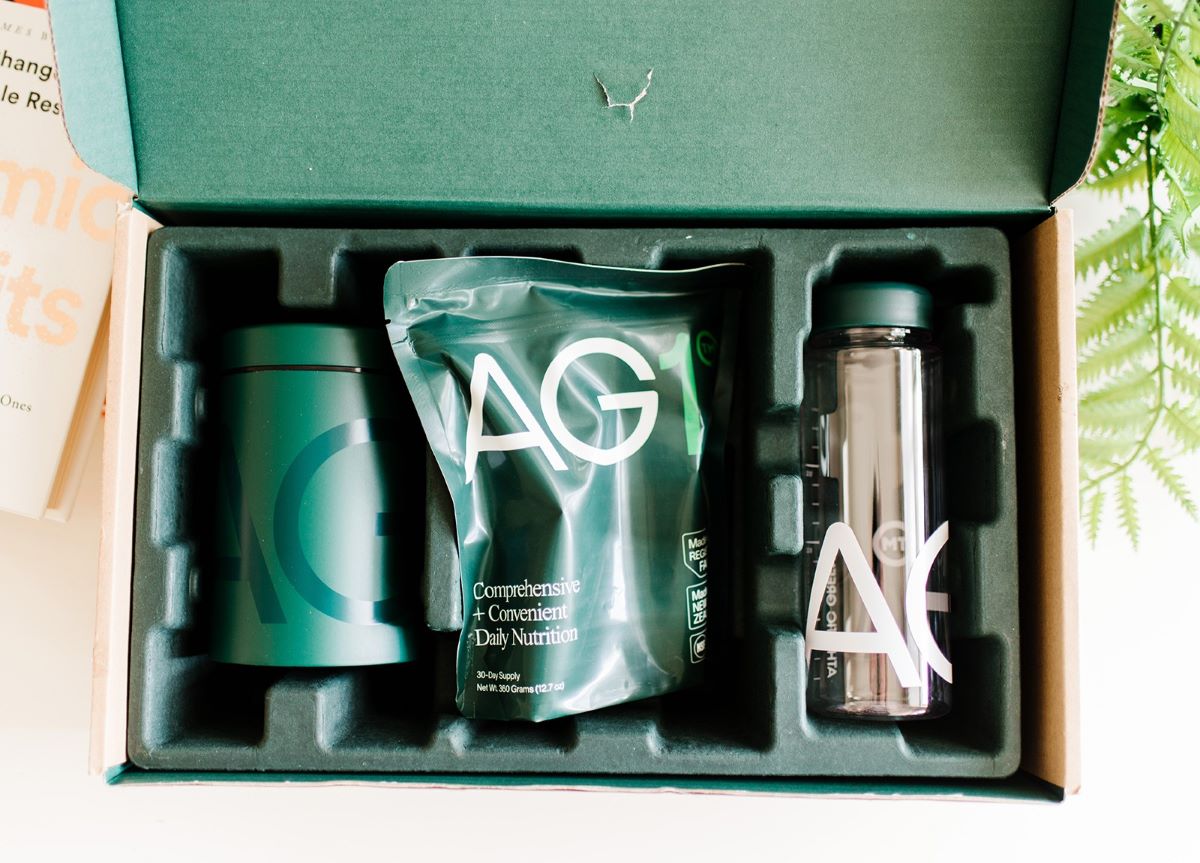
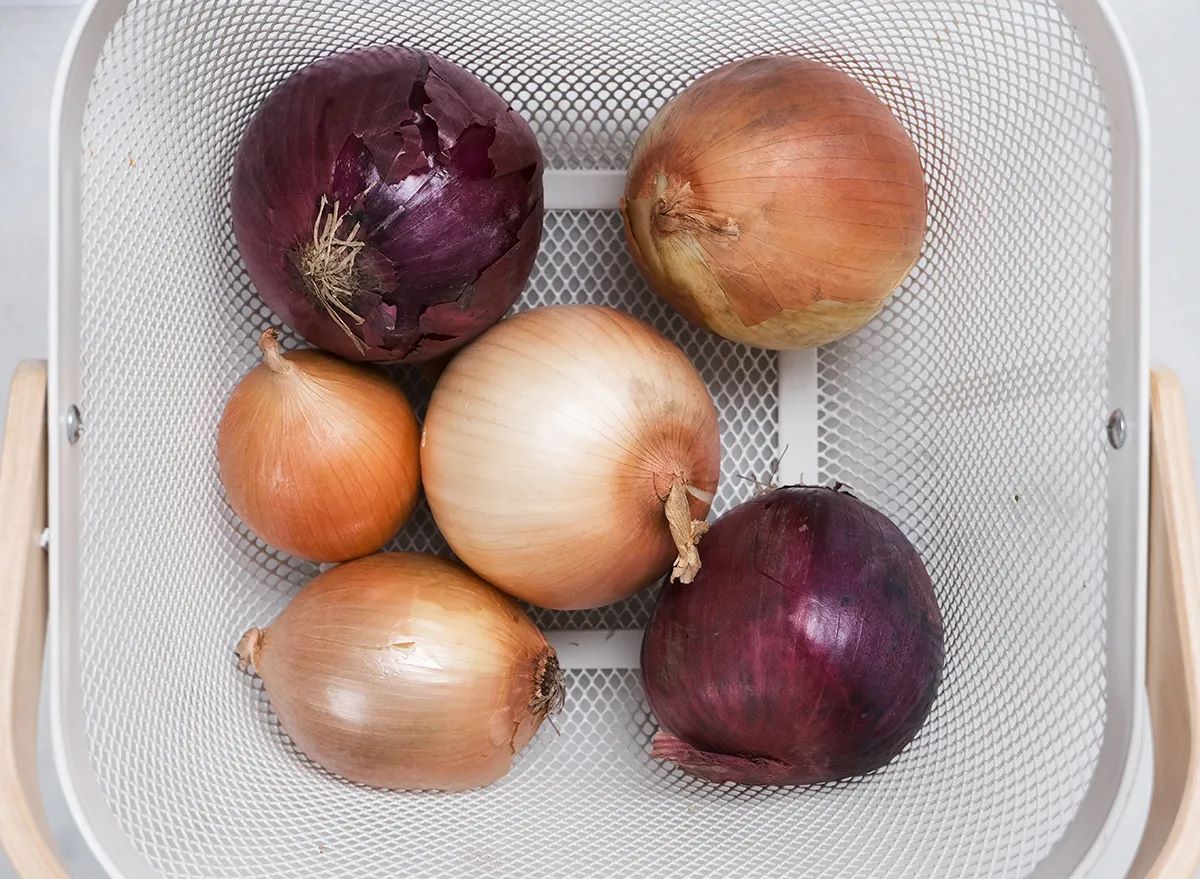

0 thoughts on “How To Store 1Lb Propane Tanks”